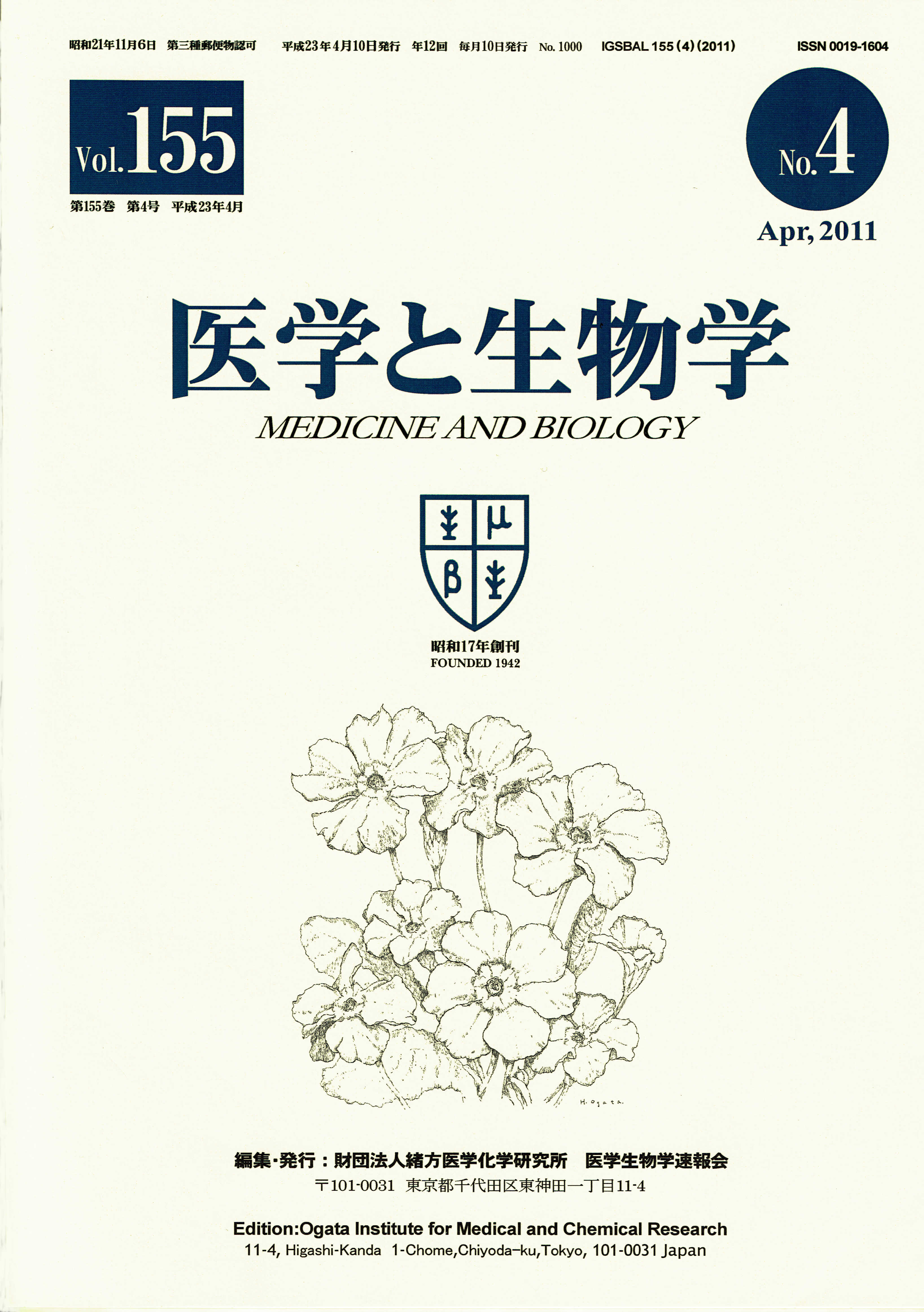Basal Study on Clinical Optimal Effective Dose of Agaricus blazei Murrill (Himematsutake) in Mouse Sarcoma 180 Screening System
Abstract
The purpose of this study was examined the clinical optimal effective dose of ABM-C (comprised 70% of the hot water extract of fruiting bodies and mycelium of liquid-cultured Agaricus blazei Murrill, cell wall crushing, and 30% of Chlorella pyrenoidosa-hot water extract (CGF) by oral adoministration (p.o) using sarcoma 180 screening system. ABM-C was given p.o. twice a day at a certain dose on days 1 through 21. In the group receiving 1,800 mg/kg ABM-C, the percentage of the tumor inhibition ratio was 89.4%, and tumor regression was observed in 6 out of 10 mice. In the case of 1,200 mg/kg, the tumor inhibition ratio was 88.6%, and complete tumor regression was seen in 5 out of 10 mice. In both group, the difference of the tumor inhibition ratio was only 0.8%. As a result, the optimal effective dose of ABM-C could be suggested about 1,200 mg/kg/day. According to the theory of Freireich EJ. et al., the difference of sensitivity by antitumor drugs between mouse and man was assumed for the approximate mouse (20 g) : man (60 kg) = 1 : 1/12 ratio. These results suggest that the clinical optimal effective dose of ABM-C for man was 6 g per day. The antitumor activity of ABM-C is host-mediated mechanism and it has no direct cytocidal toxicity on tumor cells.


